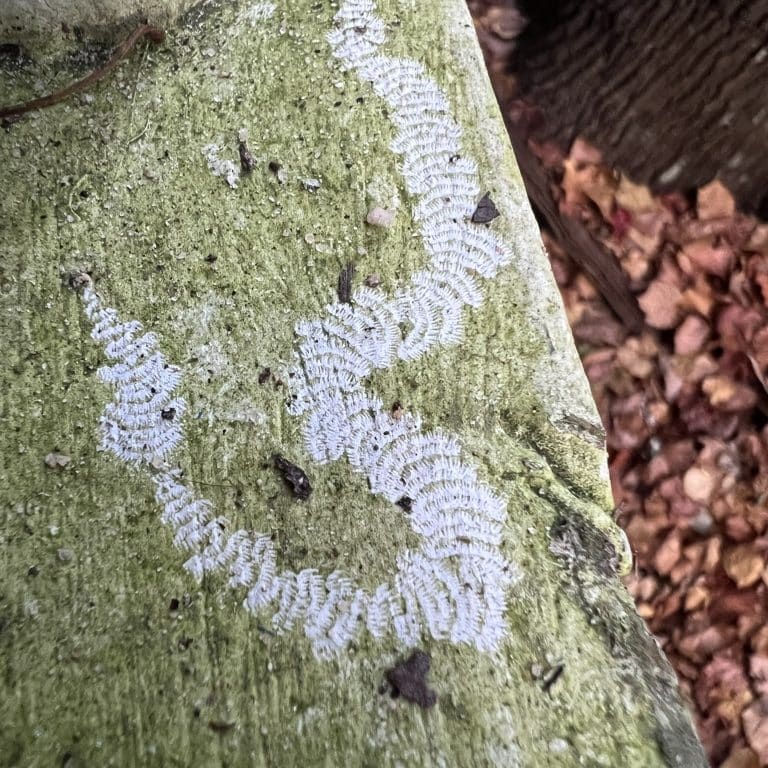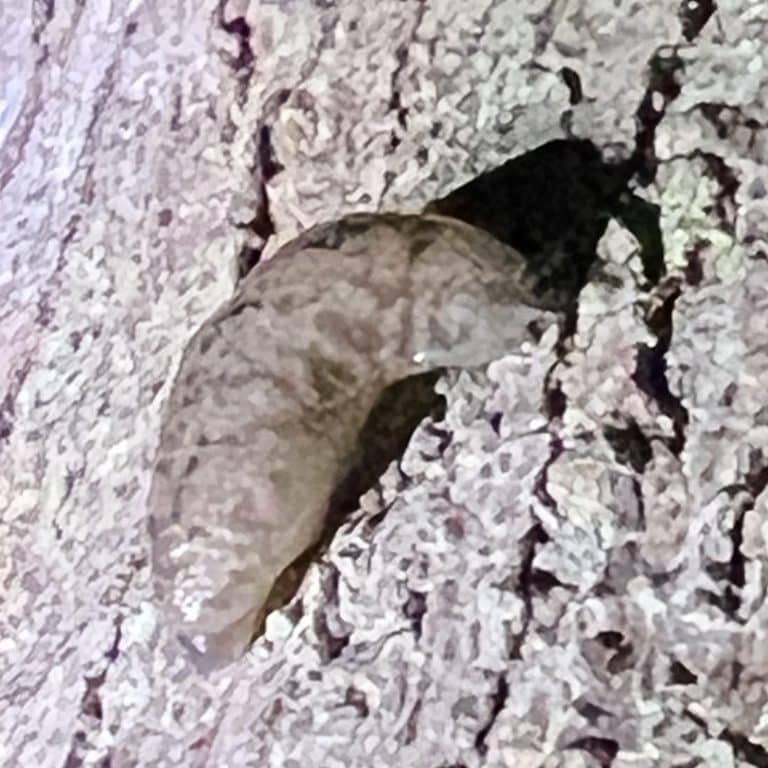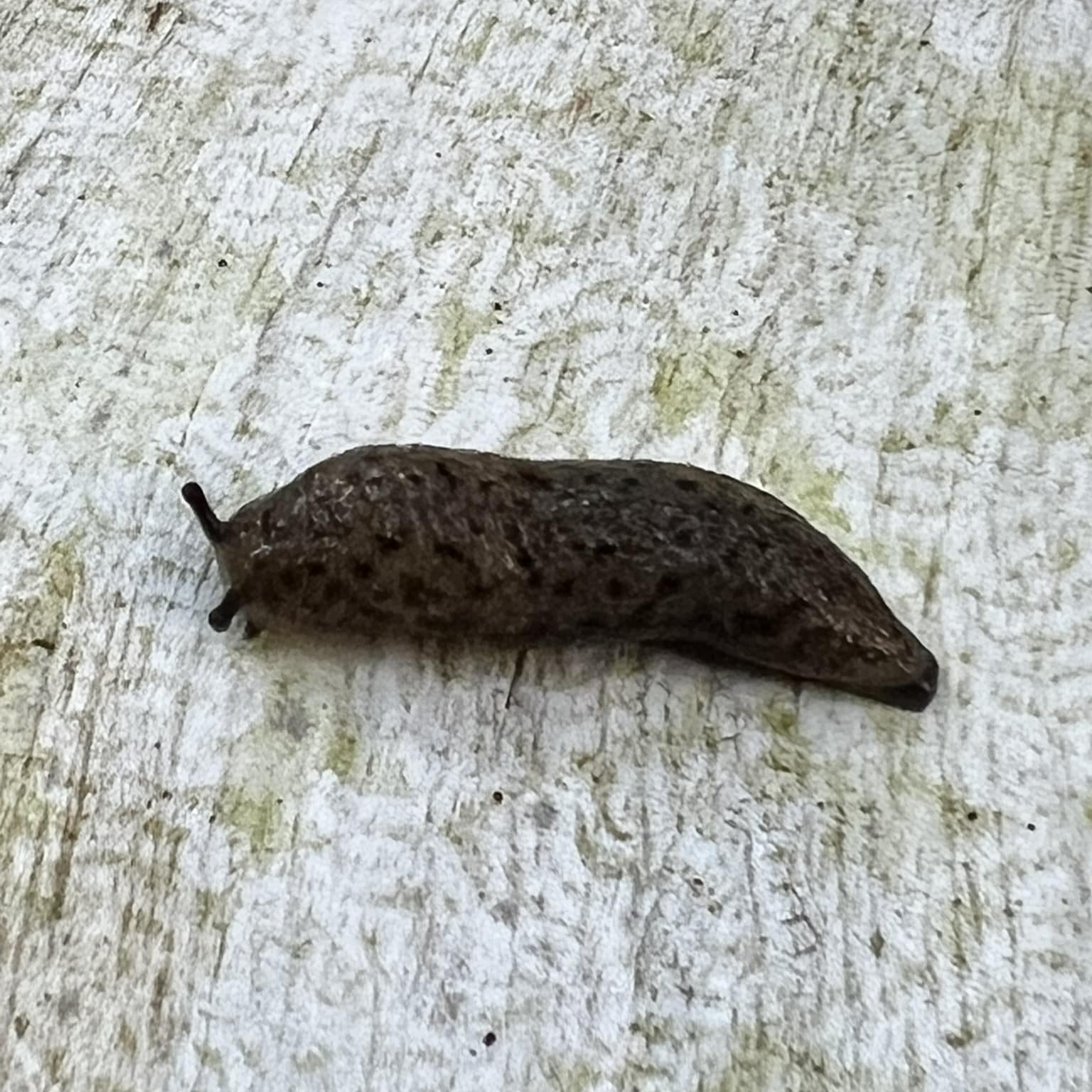Sadly, slugs are hard to love. Between the slime, their odd shapes, and for some species, a taste for flowers and vegetables, they are unwelcomed. But as with all creatures, they are just trying to survive and mind their own business.
For me, they are just naked snails, which they essentially are. They have given up carrying a ridged house and simply run around with a tough cuticle and plenty of slime to protect it. The slime also prevents desiccation and helps slugs travel across their environment. A silvery trail of slime is a sure sign they are around.
Known informally as Pulmonates, terrestrial slugs and land snails have the ability to breathe air. They of course need to stay moist, so many are found in wet to moist microhabitats in our world and only venture out in wet and cool weather, which is typically after nightfall. Overturning a log in your backyard is the most likely place to find them during the day.
So it is with one of our more common native slugs of the eastern U.S. – the Carolina Mantleslug, Philomycus carolinianus. These mottled slugs prefer moist woodlands and swamps where they spend their days hiding in the leaf litter, under bark, or under logs to avoid desiccation. They are most active at night, often climbing high into trees to feed on fungi, lichen, and algae.
Besides finding their slime trails, these creatures also leave tell-tale signs of their presence by their zig-zag feeding marks. Slugs and snails use a ribbon-like structure called a radula to scrape their food from the surfaces where they feed. Covered with thousands of tiny teeth, slugs and snails repeatedly run this structure back and forth, swallowing loosened materials as they go.
Watching one feed takes patience, as they are not in a hurry. They often feed by turning from side to side as they move forward, creating a ribbon-like pattern of feeding marks on smooth surfaces like our algae covered porch railing or the surface of our propane tank. I was lucky to catch a Mantleslug grabbing the last of its meal before turning in for the day. I most often find them climbing trees after dark.


All creatures, great and small, deserve to share our world.
Hope to see you in our great outdoors!




